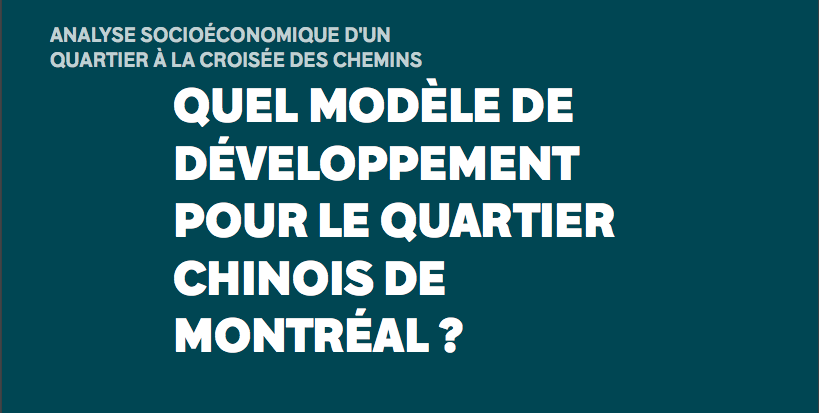Montreal’s Chinatown Development: Leveraging Against Montreal’s Housing Crisis
In recent decades, many Chinatowns in North America have disappeared, swallowed up by waves of real estate speculation and major public infrastructure projects. The surviving Chinatowns with historical and cultural specificities are those that have relied on collective and community forms of land ownership, to better protect the tangible and intangible heritage of the neighborhoods, albeit weakened by their central urban location.
The recent heritage protection and lowering of building heights are a first step in protecting the district from real estate speculation, but these measures must be accompanied by public investment to remove more buildings from the private market and support upgrade of the existing aging community infrastructures.
Some of the real estate in Montreal’s Chinatown are organized on a social economy basis. These alone include 10 community buildings that provide meeting spaces for the community, as well as commercial space and affordable residential rentals.
“Further to the classification of part of Chinatown as a heritage site in July 2023, we need to enhance the economic and cultural tools already present in the neighborhood. For several years, the movement for the preservation of Montreal’s Chinatown has been concerned about uncontrolled gentrification of the area. Chinatown is one of the last places in downtown Montreal where affordable housing and living ares still possible,” says May Chiu, coordinator of the Montreal Chinatown Roundtable.
The study, entitled “What development model for Montreal’s Chinatown? A Socioeconomic Analysis of a Neighborhood at a Crossroads”, was conducted by the Institut de recherche et d’informations socioéconomiques (IRIS). Today, as the community confronts anti-Asian racism, a vibrant Chinatown represents an invaluable asset in the fight against ignorance and prejudice.
